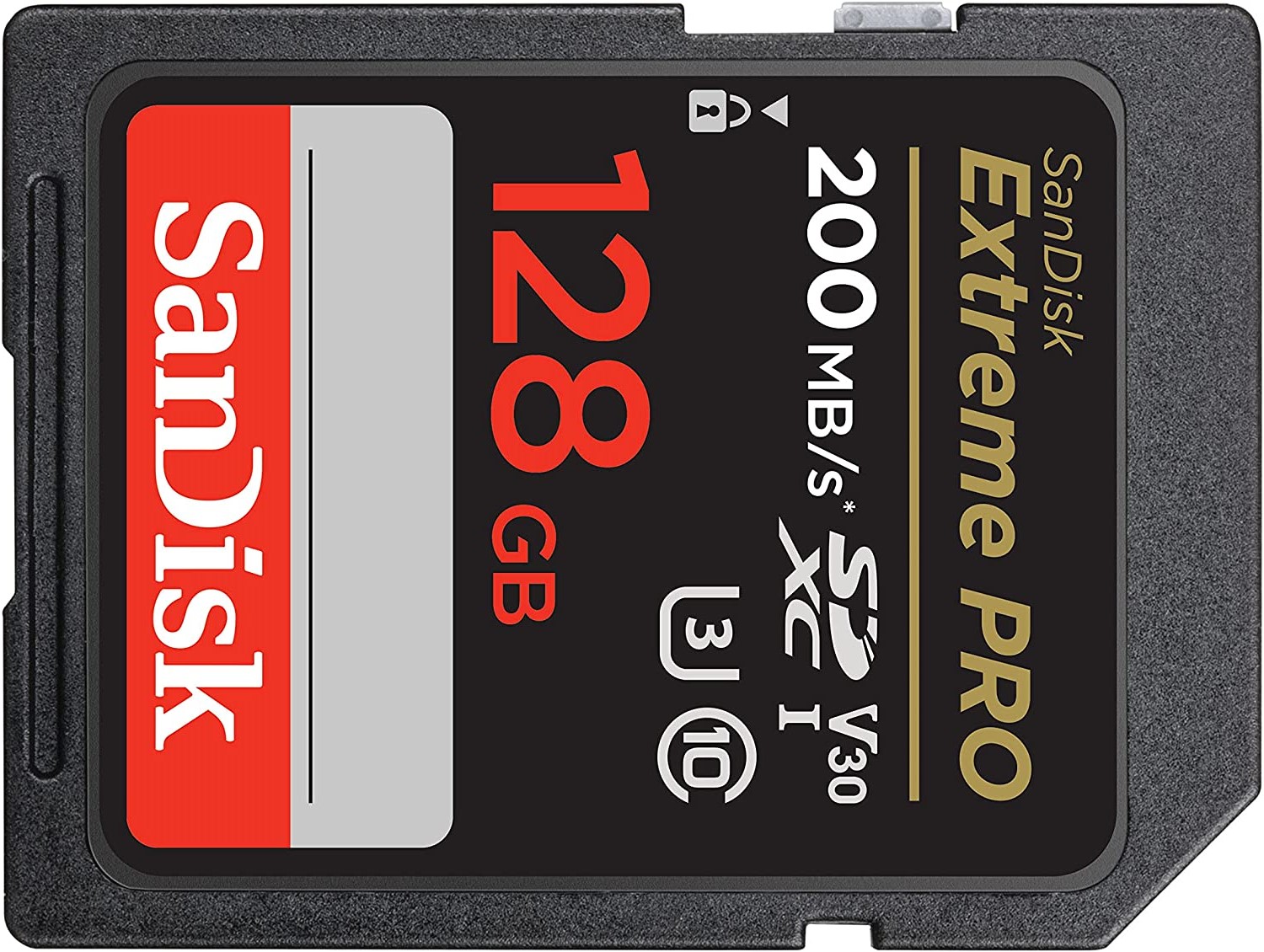Best microSD cards for Surface PCs in 2023
Expand the storage on your Surface device with these SD cards!
Looking to expand the storage on your Surface PC? A great way to do that is with a microSD card, which many Surface devices support. If you're using a Surface Go, Surface Book, Surface Studio 2 or older, and Surface Pro 7+ or older, you're in luck. Expanding storage on those PCs is as easy as plugging in an SD card, which takes a little less than a few seconds.
Best SD cards for Surface Go, Surface Pro, Surface Book & Surface Studio
Why you can trust Windows Central

This microSD card features an A1 and Class 10 performance at a U1 rating, meaning it will be a great choice for Surface PCs where you might want to store documents, pictures, 4K videos, and even applications onto it. 256GB is also a great size, offering lots of space for your files.

If you need more storage, this 512GB card, also from SanDisk, is a great choice. Featuring half a terabyte of storage with a top of the line A2 and Class 10 performance rated at U3. It's the best choice for installing apps onto, and also still very affordable, as the 1TB and higher storage options often coming in at much higher price points.

Maybe you're in need of a full-sized SD card? If so, this 128GB SanDisk Extreme Pro is an affordable choice. It's rated at Class 10, U3 speeds for great performance, and even features an SD card lock switch, which will disable read/write permissions on the card when moved in the locked position.
Which Surface PCs support expandable storage?
Not all Surface PCs support expansion of its storage via an SD card slot. Many of the most recent Surfaces, including the Surface Pro 9 and Surface Studio 2+, no longer support expandable storage in the form of an SD card or microSD card slot. However, many older Surface devices still do. Here's the list of all Surface PCs that support SD cards:
microSD:
- Surface Pro
- Surface Pro 2
- Surface Pro 3
- Surface Pro 4
- Surface Pro 5
- Surface Pro 6
- Surface Pro 7
- Surface Pro 7+
- Surface Go
- Surface Go 2
- Surface Go 3
Full-size SD card:
- Surface Book
- Surface Book 2
- Surface Book 3
- Surface Studio
- Surface Studio 2
The Surface Pro X, Surface Pro 8, and Surface Pro 9 all support the ability to upgrade the SSD directly without opening the device up, using an M.2 2280 drive. This is one of the reasons why the new Surface Pro's no longer support microSD card storage expansion. The Surface Studio 2+, Surface Laptop Studio, Surface Laptop, and Surface Laptop Go also support upgradable storage via the same M.2 SSD drive, but these devices will require the user to open up the device to access it.
Should I upgrade my storage with an SD card?
Adding a microSD card to your Surface PC is a great way to prolong its usefulness by giving you more space for apps and programs. Some Surface PCs to better than others at integrating the SD card reader, with devices like the Surface Go and Surface Pro hiding it neatly underneath the kickstand, making its inclusion seamless.
Other Surface devices like the Surface Book and Surface Studio do less of an elegant job, with the Surface Book's SD card reader on the side, and shallow so the card itself remains sticking out even when fully plugged in. It's the same story for the Surface Studio, though on there the card reader is on the back to it's a little more hidden.
Depending on the performance/class of the card you get, you should be able to treat the microSD card as additional storage, and Windows will allow you to install and run programs from it. Of course, performance of the microSD card won't be as good as your integrated storage, but it should be good enough for most applications such as Office, Slack, and Spotify.
What class and performance should I get?
There are many different performance classes of microSD card on the market, but you really only need to know about one: Class 10, A2, and U3. A microSD card with Class 10, A2, and U3 ratings is the top of the line, meaning you'll get the very best performance out of that card and should be able to install applications to it with no problem.
In fact, most Class 10 cards should handle this task with ease. If you're unsure, grab one with a U3 rating to be doubly sure. Anything lower, and you might start to notice some issues when installing programs. Lower classes are better for storing files and music, not running programs from.
Here's a breakdown of the different performance classes:
| Minimum Write Speed | Speed Class | UHS Speed |
|---|---|---|
| 2MB/sec | Class 2 | Row 0 - Cell 2 |
| 4MB/sec | Class 4 | Row 1 - Cell 2 |
| 6MB/sec | Class 6 | Row 2 - Cell 2 |
| 10MB/sec | Class 10 | U1 |
| 30MB/sec | Class 10 | U3 |
Get the Windows Central Newsletter
All the latest news, reviews, and guides for Windows and Xbox diehards.

